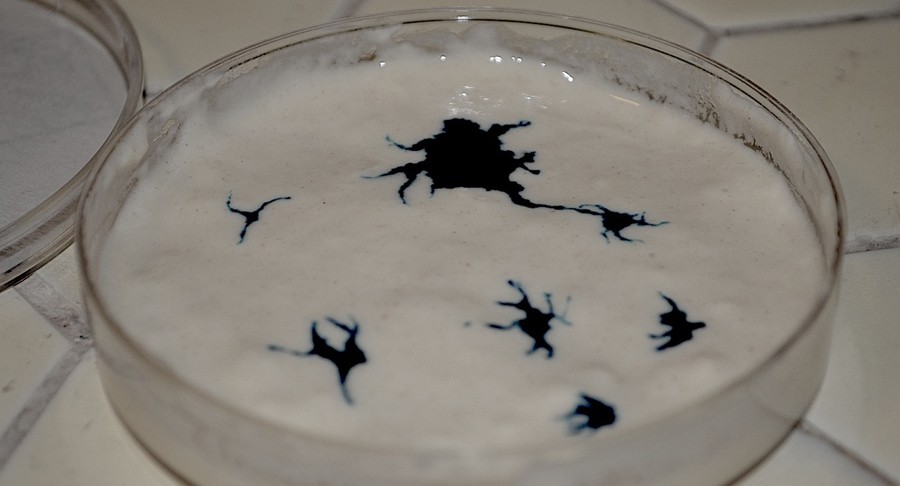
The micro-organism enters the human brain through the nasal passage, and once afflicted, the patient hardly lives more than a week

For the past few years, a deadly seasonal infectional has been visiting Karachi’s waters in the summers -- killing scores in its wake.
The city’s municipal authorities, until last year, maintained that the virus called Naegleria Fowleri contaminates fresh water spots like swimming pools and that it was not an immediate threat.
But Karachiites were rudely shaken out of this view last year when 14 people from different localities, lost their lives to this deadly infection. Though most of the victims had contracted the infection from open fresh water swimming pools but at least one, it was found, was infected from supplied tap-water.
Experts say that the organism commonly known as the ‘brain-eating amoeba,’ loves fresh warm waters and lives through the summer season. The micro-organism enters the human brain through the nasal passage, and once afflicted, the patient hardly lives more than a week.
"It’s a parasitical infection with a very high fatality rate," warns Seemi Jamali, head of emergency at Jinnah Post-Graduate Medical College (JPMC). "The people of Karachi should routinely chlorinate their water tanks and avoid going to swimming pools which they are not properly tended."
"When you make ablution before prayers avoid washing your nose, or if you must, do it with boiled water that has been cooled," she said.
Doctors say that patients usually show up in the hospital after spending days in extreme fever and headache and by the time the case is diagnosed, it’s very late. Some medical reports suggest that out of hundreds of cases reported in the last few years only two people survived the disease. "You cannot really do much if a patient is infected."
Since March 2015, three people in Karachi have already died of this infection. All of them went to private facilities and belong to various neighbourhoods. On May 21, a middle-aged man was brought from Thatta to the city. His death took the toll to four in the province this year.
The threat of an epidemic is real as coordination along the supply lines between departments in a huge city like Karachi is fraught with difficulties, especially when the volume of the operation is so massive.
Karachi’s commissioner Shoaib Siddiqui said that the Sindh Health Department has set up a Naeglaria Prevention Center (NPC) at the COD filtration plant, where experts from the Health, Water and Food department are testing the waters on a daily basis. If the need arise they chlorinate water on immediate basis.
"The disease has no cure. So all you can do is prevent contact with water that is not chlorinated and awareness is the key," he said.
The Commissioner’s office is coordinating the logistics between the health and water board and others to ensure Karachi’s water is safe from the bacteria.
He said that Naeglaria Fowleri "doesn’t die, one can only nullify it with proper chlorination, which we are doing our utmost to ensure."
As part of an awareness campaign, the health department is also giving ads in newspapers to inform people about the deadly organism with one-liners like: "Naeglaria has 99 per cent mortality rate, but there is 100 per cent prevention."
Doctors say that the symptoms of the disease include a headache, nausea, and then a person loses sense of time and space. Prevention measures may include using distilled or boiled water for washing your nose among others.
In the last three years, 27 cases were reported from all over the province; ten in 2012, three in 2013, 14 in 2014 and four this year. All of them died.